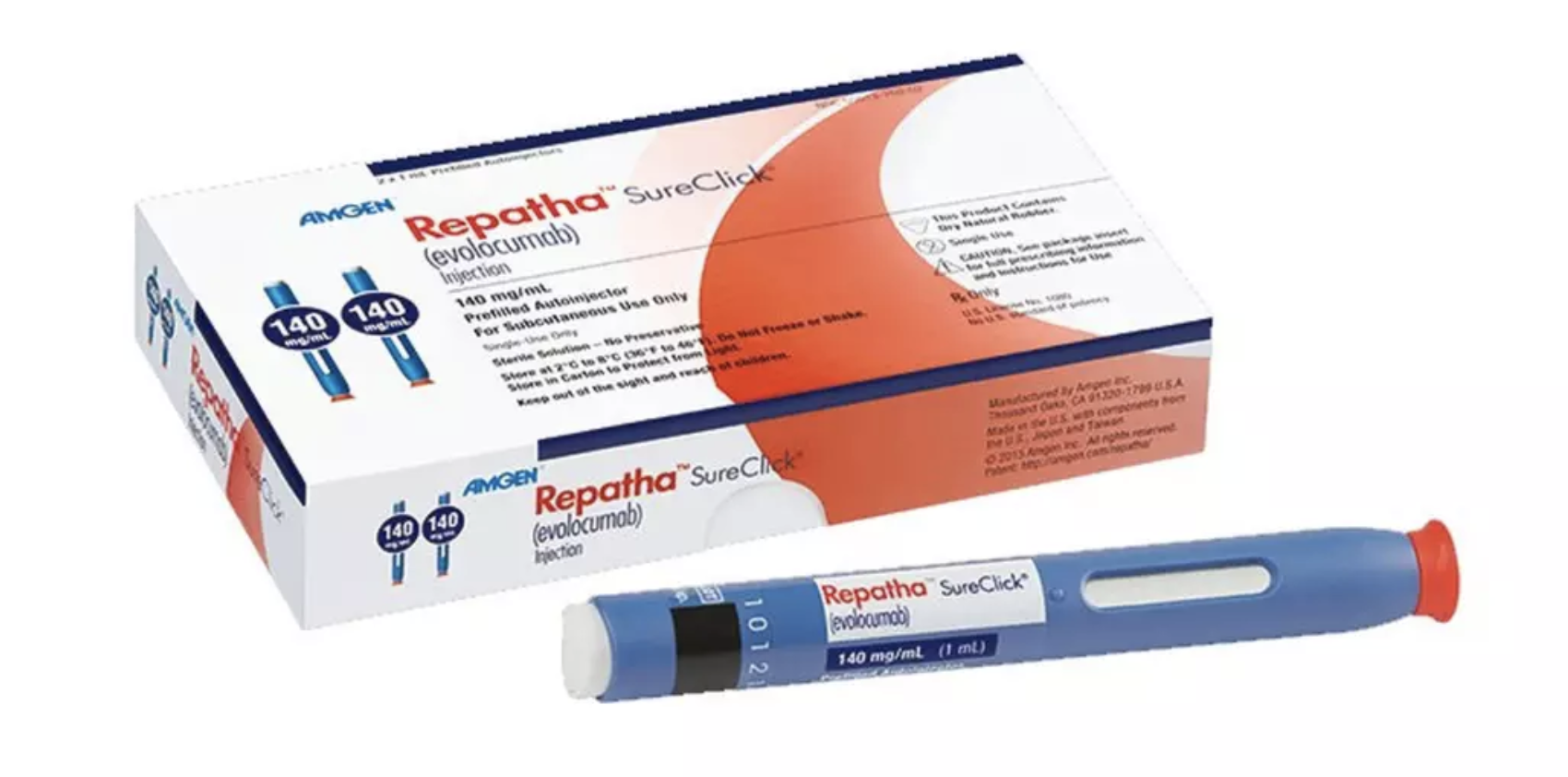 |
|
Patients with diabetes on lipid-lowering therapy may experience lower rates of diabetic eye disease; however, research is not yet supportive of off-label use expressly for the purpose of reducing risk of diabetic retinopathy. Photo: Amgen. Click image to enlarge. |
The therapeutic efficacy of lipid-lowering agents (LLA) in preventing the progression and complications of diabetic retinopathy (DR) remains somewhat controversial, and research on more recently developed LLA—such as proprotein convertase subtilisin/kexin type 9 (PCSK9) inhibitors—is limited. In research presented at ARVO 2024 earlier this week, researchers analyzed electronic medical records to evaluate the associations between the use of various LLA drugs and the risk of DR progression. They found that PCSK9 inhibitors may help prevent vision-impairing complications of DR.
A total of 4,805 adults with type 2 diabetes and diabetic retinopathy were divided into four cohorts based on the type of LLA they received: statin only (“statin” cohort), statin and fibrate (“fibrate” cohort), statin and PCSK9 inhibitor (“PCSK9i” cohort) or none of the three agents (controls). Patients were monitored for the development of proliferative DR (PDR), other complications of DR and a need for pars plana vitrectomy, panretinal photocoagulation or intravitreal injection therapy.
Compared to controls, patients in the statin cohort had a reduced rate of progression to PDR (HR:0.74), although these did not significantly differ in their overall risk of developing PDR (RR:0.90) or having a DR-related clinical event (RR:1.42) by the end of the study. The addition of a PCSK9 inhibitor (RR:0.52), but not a fibrate drug (HR:0.91), to statin therapy was associated with a reduced risk of having a DR-related clinical event.
“These results highlight the potential benefits of using statins in delaying the progression of DR to PDR and suggest that complementing statin therapy with PCSK9 [inhibition] may help prevent vision-impairing complications of DR,” the researchers concluded in their abstract. Of course, the authors note that the novel use of PCSK9 inhibitor therapy for such a purpose warrants further research “to confirm the clinical efficacy of this combination in the management of DR.”
Original abstract content @2024 Association for Research in Vision and Ophthalmology.
Jeong H, Shaia JK, Talcott K, Singh R. Investigating the relationship between lipid-lowering agents and diabetic retinopathy progression. ARVO 2024 annual meeting. |


